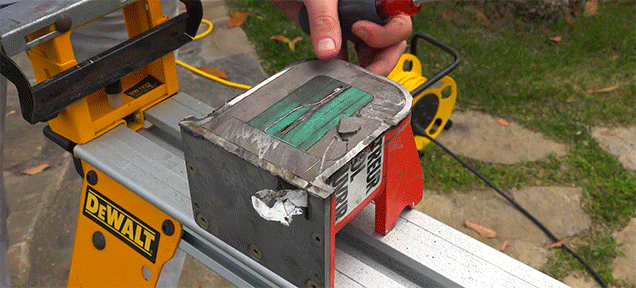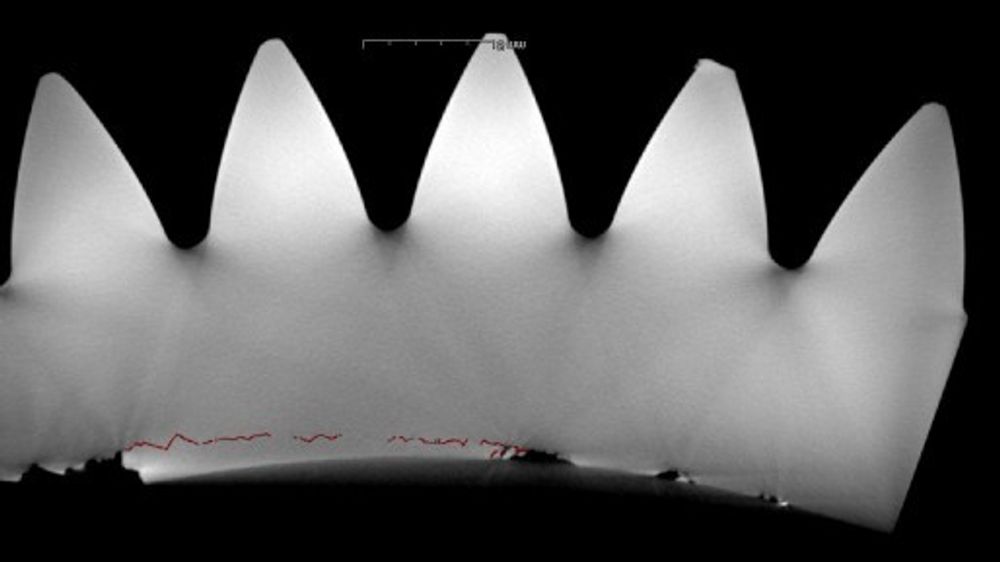Check the report here:
file:///C:/Users/Pers/Downloads/Preliminary_report_2016_06_28.pdf
Similarities with the L2 accident in 2009 are apparent.
PRELIMINARY REPORT 28 JUNE 2016
ACCIDENT AT TURØY, NEAR BERGEN, NORWAY ON 29 APRIL 2016, INVOLVING AIRBUS HELICOPTERS H225, LN-OJF OPERATED BY CHC HELIKOPTER SERVICE AS
This report is a preliminary and incomplete representation of AIBN's investigations in connection with the relevant aircraft accident. The report may contain faults and inaccuracies. The final report will be the Accident Investigation Board's official document concerning the accident investigation. Aircraft: - Type and reg.: Airbus Helicopters H225, LN-OJF Serial No.: 2721 No. and Type of Engines: 2 x Turbomeca Makila 2A1 Year of Manufacture: 2009 Date and time (local): Friday 29 April 2016 at 11:55 hours Location: Turøy, Hordaland county, Norway (Pos. 60,45234°N 004,93028°E) Radial/Distance from ENBR: 330°/13 NM
Type of Operation:
Commercial Air Transport (CAT), Non-scheduled operations Weather conditions: METAR ENBR 290950Z 20017KT 9999 SCT018 SCT023 07/03 Q1005 NOSIG RMK WIND 1200FT 19020KT= Light conditions: Daylight Operator: CHC Helikopter Service AS Persons on board: Crew - 2 (Fatal) Passengers - 11 (Fatal) Nature of damage: Helicopter destroyed Information Source: AIBN Field Investigation and metallurgic examinations All times given in this report are local time (UTC + 2 hours) unless otherwise stated.
Introduction
This fourth preliminary report is published to disseminate findings from the ongoing investigation. Previous reports have been issued 13 May, 27 May and 1 June 2016.
Since the previous report further examinations into the three different failure modes – suspension bar (lift strut) attachment, main gearbox and conical housing have been performed.
At this stage of the investigation, the AIBN finds that the accident most likely was the result of a fatigue fracture in one of the second stage planet gears. What initiated the fatigue fracture has not yet been determined.
The Accident Investigation Board Norway Page 2
Main gearbox history
The main gearbox (MGB) was received from Airbus Helicopters after modification, inspection and repair before it was installed in LN-OJF 15 January 2016. At the time of installation, the MGB had accumulated 1 080 hrs since new. At the time of the accident, it had accumulated approximately 1 340 hrs since new.
Main gearbox examinations
The AIBN started the metallurgical examinations on parts from the epicyclic module 6 May (ref. Figure 1 and 2). More detailed metallurgical examinations have been ongoing under AIBN supervision at QinetiQ, Farnborough, UK since 19 May. Airbus Helicopters have participated in these examinations, as well as performing separate examinations in Marignane, France.
Figure 1: Main power transmission layout with main module (bottom) and epicyclic module with ring gear and two stages of planet gears (top). Conical housing shown in figure to the right. Source: Airbus Helicopters
The Accident Investigation Board Norway Page 3
Figure 2: Planet gear parts from second stage epicyclic reduction gear module. (The fractured gear is on top of a sample gear that was not involved in the accident.) Photo: AIBN
The planet gears are designed such that they act as a gear on the outside while functioning as the outer race of a roller bearing on the inside. In order to improve wear resistance the gears have been given a hard surface through a carburization process. This process also imposes a compressive stress to suppress surface fatigue cracks.
Figure 3: Eight second stage planet gears as fitted on the carrier inside the ring gear, seen from below (first stage gears and carrier is not shown). Photo: AIBN
The Accident Investigation Board Norway Page 4
Two pieces of the recovered parts have been of particular interest. Together they make up approximately half of a second stage planet gear P/N 332A32.3335.07, S/N 10-1292 (ref. Figure 4). Examinations of these parts show that one of the fracture surfaces can be described as being close to 100% fatigue (ref. Figure 5).
Figure 4: The two pieces of the second stage planet gear prepared for metallurgical examinations. The fracture surface with fatigue is to the right in the figure. Photo: QinetiQ
Figure 5: Close-up of the fracture surface initiated on the inner surface (outer race). Multiple cracks propagating from major crack around convex fracture surface. Photo: QinetiQ
The fatigue appears to have its origin in the outer race of the bearing (inside of the gear), propagating towards the web of the gear teeth. In order to examine the fatigued part before performing any destructive testing, the piece was inspected using x-ray computed tomography (CT)
The Accident Investigation Board Norway Page 5
scans. The scans showed several cracks below the surface of the outer race. One crack runs below the surface between areas of surface damage (spalling) (ref. Figure 6).
Figure 6: An example from the CT scan showing a subsurface crack propagating from the right hand spalling all the way to the left. The red colour is a frame-by-frame mapping performed by hand to highlight the crack. Photo: University of Southampton
Growth of a fatigue crack requires repeated load cycles, for example through rotation of a gear or a main rotor start/stop cycle. More work is required both to understand the propagation rate and the origin of the observed fatigue cracks, but at present, the AIBN finds it most likely that the fatigue fracture of this planet gear subsequently resulted in loss of the main rotor. It is considered unlikely that this fatigue crack propagated as a consequence of a structural break-up of another component.
An essential design philosophy regarding a possible failure inside the epicyclic module has been that propagation of a crack would be suppressed by the compressive surface stress. Thus a crack in the surface area should grow outboard and create spalling that would produce magnetic debris, which will be detected on the magnetic plugs (chip detectors). The optional HUMS1 is an additional means for detecting developing degradation.
This issue was discussed in connection with the accident to an AS332 L2 Super Puma (G-REDL) in Scotland in 2009, and measures were taken to improve the detection of spalling. No findings indicate any malfunctions to the magnetic debris detection system on LN-OJF, or fail to follow procedures for visual inspection and checks before flight. Neither are there any records of magnetic debris findings from inspections made since the gearbox was installed on LN-OJF in January 2016.
The observed failure mode in this investigation seems to differ from what was expected or foreseen during certification. AIBN believes that a sub-surface crack has propagated without creating a significant amount of magnetic debris from spalling. Also, the HUMS appears unable to identify symptoms of such degradation in the epicyclic module.
It appears that the fracture of the failed second stage planet gear on LN-OJF has propagated in a manner which is unlikely to become detected by existing mandatory or supplementary systems for warning of an imminent failure.
Even though some differences are observed when comparing the LN-OJF accident with the G-REDL accident, the fatigue fractured planet gears, however, show clear similarities.
1 HUMS, Health and Usage Monitoring System, is mandatory for offshore operations in the North Sea
The Accident Investigation Board Norway Page 6
Other examinations Scenarios under consideration as part of this investigation have included failure of a suspension bar attachment or failure of the MGB conical housing as the initiating event. The investigation activities since the previous report do not suggest that either of these scenarios were the initiating event.
Further investigations An important issue will be to seek to determine the origin of the fatigue fracture and the mechanisms behind its growth.
The AIBN is aware that the gearbox was involved in a road accident during transport in 2015. The gearbox was inspected, repaired and released for flight by the manufacturer before it was installed in LN-OJF in January 2016. Whether there is a link between this event and the initiation and growth of a fatigue fracture, is being investigated.
AIBN will also look into the follow-up of safety recommendations issued after the Super Puma accident in Scotland in 2009 (https://www.gov.uk/aaib-reports/2-2011-aerospatiale-eurocopteras332-l2-super-puma-g-redl-1-april-2009).
Extensive sea and land searches have been ongoing since the accident, and findings essential for the investigation have been made. There are still some important components that are missing, but parts key to the investigation have been recovered. Further sea search will be considered.
The investigation is ongoing. Further updates are expected to be less frequent from this point, and will only follow if there are significant new findings.
The Accident Investigation Board Norway
Lillestrøm, 28 June 2016






